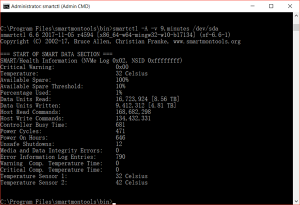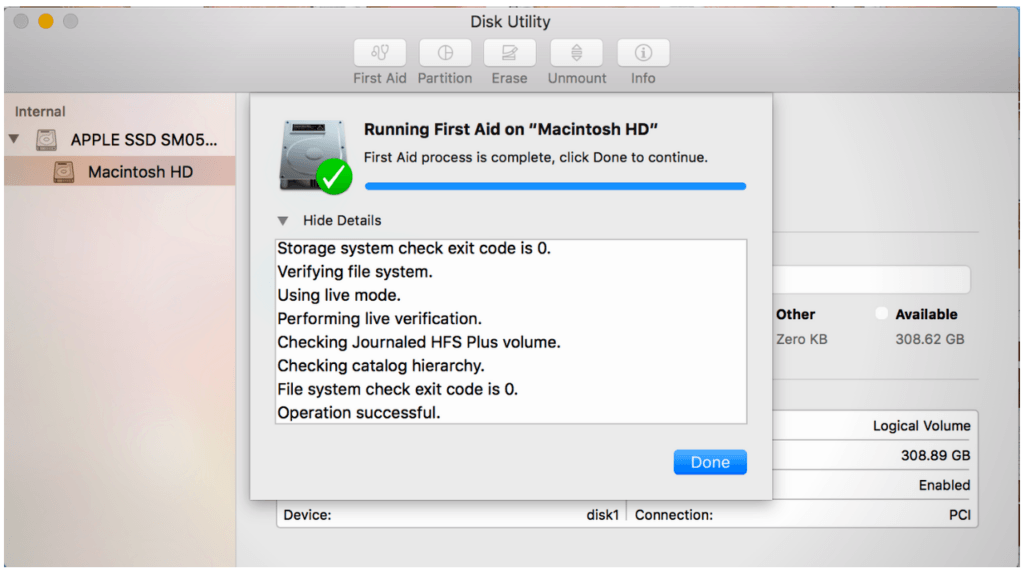

So this does not help to determine wear leveling either.Īnd here comes smartctl into play: # smartctl -d sat -all /dev/disks/t10.ATA_Samsung_SSD_850_EVO_M.2_250GB_S24BNXAG805065D_ These counters are reset when ESXi is rebooted. ESXi also keeps track fo the health status with the smartd and writes the status to /var/log/syslog.log like in the following example: smartd: t10.ATA_ST9500325AS_S2WB2XXB: above TEMPERATURE threshold (40 > 0)ĮSXCLI can also display device stats, which are very close to what we are looking for: # esxcli storage core device stats get -d t10.ATA_Samsung_SSD_850_EVO_M.2_250GB_S24BNXAG805065D_ It does not provide the information we are looking for. What do these values mean? Actually only that the drive is "healthy". Just mentioning that this is a consumer grade SSD. The lowest Endurance Class for Virtual SAN for exmaple starts at 365TBW.Įsxcli storage core device smart get -d # esxcli storage core device smart get -d t10.ATA_Samsung_SSD_850_EVO_M.2_250GB_S24BNXAG805065D_ In this example I'm using a Samsung SSD 850 EVO M.2 250GB which is currently in use as a local Datastore.
#SMARTCTL CHECK SSD HEALTH DOWNLOAD#
The download link is at the bottom of this post.įirst of all, let's get started what you can see on an ESXi Host regarding to endurance without smartctl. For that reason I've ported a version of smartctl, which is part of smartmontools to ESXi. Unfortunatelly, VMware makes it hard to readout RAW S.M.A.R.T values on ESXi hosts. The current value can be readout with S.M.A.R.T. This value describes how many Terabytes can be written to the entire device, until the warranty expires. The value to keep an eye on is the guaranteed TBW (Total Bytes Written or Terabytes Written) which is typically provided by the vendor in their specifications.

Depending on their technology, each cell can be overwritten from 1.000 times in consumer TLC SSDs up to 100.000 times in enterprise SLC based SSDs.

They are used for caching (vFlash Read Cache, PernixData FVP), Virtual SAN or plain Datastores. A problem that comes with SSDs is their limited lifetime per cell. Solid-State-Drives are getting more and more common in ESXi Hosts.


 0 kommentar(er)
0 kommentar(er)
